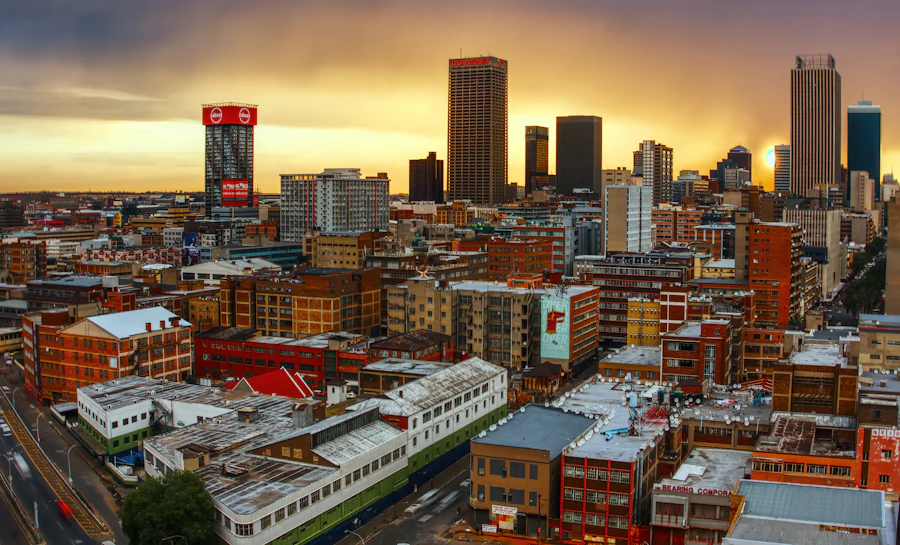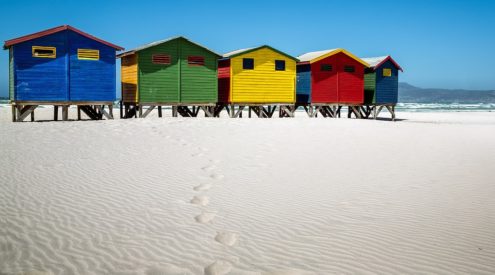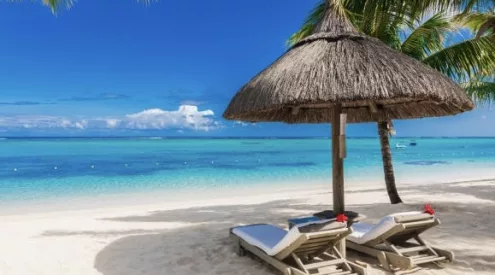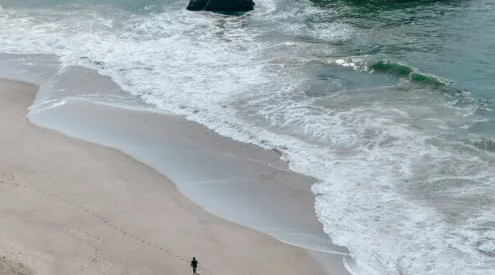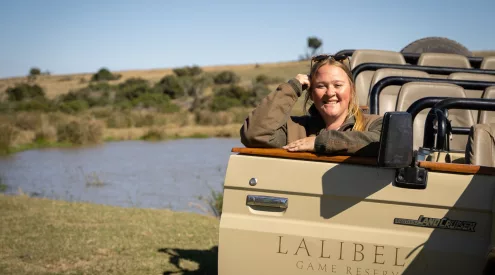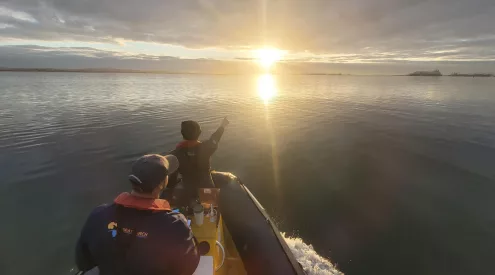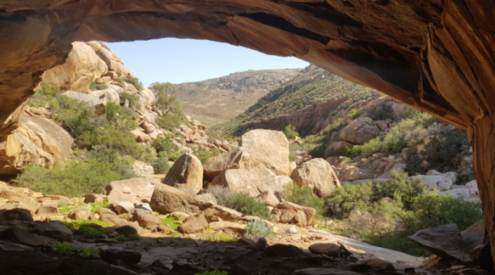The tiny island of Tristan da Cunha, located in the British Overseas Territory in the South Atlantic is well known for being one of the most remote inhabited islands on Earth, with a population of just 264 residents. Now, it looks as though the island and the waters surrounding it will has a new claim to fame.
The UK government has recently announced that 700,000 square km of the waters surrounding Tristan da Cunha will officially be a marine protected area, according to Lonely Planet. This means that all harmful activities like off-shore mining and bottom-trawling fishing will be banned.
I’m delighted that the United Kingdom has now protected more than 4.3 million sq km of the world’s ocean.
With the announcement of Tristan da Cunha’s new Marine Protection Zone, we have helped to protect an area of ocean 17 times the size of the UK.https://t.co/A02eD5uWkf pic.twitter.com/BRNt66vfwJ
— Boris Johnson (@BorisJohnson) November 13, 2020
The group of islands that make up Tristan da Cunha is home to a number of species of animals that are in desperate need of protection. These include the globally-threatened blue-nose albatross along with the Atlantic petrel. 80% of the world’s sub-Antarctic fur seals, and 90% of the world’s population of Northern rockhopper penguins also find shelter at these remote islands, according to Lonely Planet, not to mention the millions of seabirds that feed on the island’s resources.
The newly protected archipelagos are part of the UK’s Blue Belt Program, an initiative that will see the United Kingdom attempt to protect 30% of the world’s oceans by 2030.
‘Today we’re delighted to announce our Marine Protection Zone, 25 years after declaring Gough Island within our archipelago a UNESCO World Heritage Site. The Tristan da Cunha MPZ is the fourth largest fully-protected marine reserve on the planet, and the biggest in the Atlantic,’ said James Glass, the territory’s chief islander.
Picture: Tristan da Cunha Blue Belt Programme

